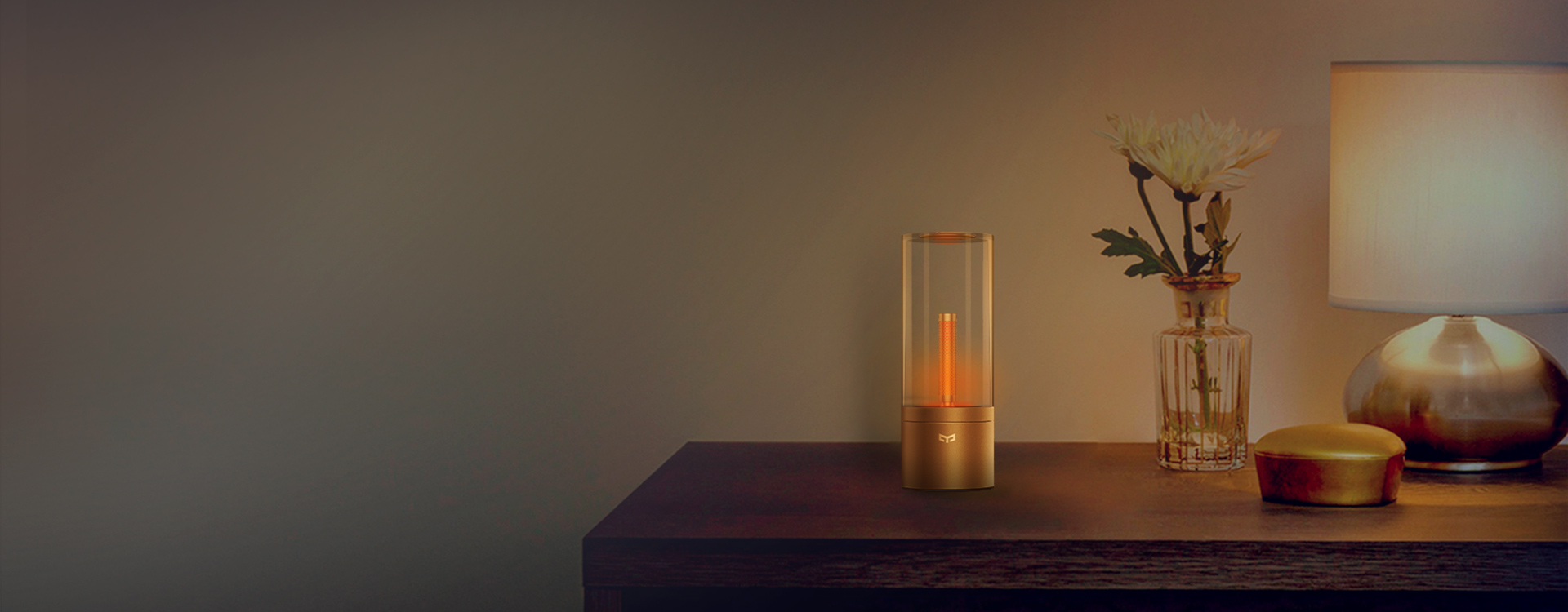

As the light level drops, our peak visual sensitivity shifts toward the blue end of the visible spectrum. But no colors, and you can't read the newspaper!īecause of this difference in spectral sensitivity, the lumen, defined according to the cone response only, is not a very good measure of visibility at low light levels. With light only from the stars overhead, you will be able to see large objects like boulders and shrubs and perhaps a rabbit scampering by. Drive out, turn off the car lights, and wait for your eyes to adapt. This light level is what you will find on a moonless night out in the desert, far from any town or highway luminaires. In addition, since there are no rods at the fovea and the cones there are not receiving enough light to be stimulated, the ability to discern fine details is gone. At this point, the ability to discern colors is gone. (See blue curve in figure.) While there may be some (very little) cone activity at 0.01 cd/m 2, once the light level drops to 0.001 cd/m 2, only the rods are active. The peak sensitivity of the rods is at 507 nm, in the blue-green part of the visible spectrum. Scotopic: This term refers to rod vision and corresponds to an adaptation level below 0.01 cd/m 2. There is no hard-line transition at either end, but for most intents and purposes the mesopic range is generally considered to be from 3 cd/m 2 down to 0.01 cd/m 2. Mesopic: This term refers to a range of human vision with both rods and cones active. (See red curve in figure.) The lumen, the basic metric of visible light, is defined by the combined cone response only. The combined peak sensitivity of the cones is at 555 nm, in the yellow-green part of the visible spectrum. Translated into illuminance, if the average reflectance of your environment is 30%, an adaptation level of 3 cd/m 2 (candelas per square meter) would result from illuminance of approximately 3 footcandles (30 lux).

Adaptation level is the overall brightness of your environment that your eyes have adjusted to. Photopic: This term refers to cone vision and generally covers adaptation levels of 3 cd/m 2 and higher. The rods become overwhelmed with high light levels, but at low light levels, they are more active than the cones are. There are no rods at the fovea of the eye, but they cover the rest of the retina in greater concentration than the cones. The rods are primarily responsible for giving us peripheral vision and providing information about contrast and movement. As the general environmental brightness drops, the cones become less effective and it becomes difficult for us to discern fine details and colors. The cones are most active in medium and high light levels. In combination they are responsible for giving us color vision. There are three kinds of cones, designated the long-wavelength, medium-wavelength and short-wavelength cones, formerly call the red, green and blue cones, respectively. They are less dense away from the fovea, giving us less precise peripheral vision. They are packed very closely there, giving us fine visual acuity when we look directly at something, analogous to high pixel concentration on your computer monitor. The cones cover most of the retina, but their greatest concentration is at the fovea, the center back of the eye. These terms refer to the primary use of the cones, rods, and/or other light sensitive cells on the retina of the human eye.

They are important concepts, and their understanding may influence lighting design and calculations. The terms photopic, mesopic and scotopic have been getting a lot of play in recent years, though sometimes they have been used inaccurately. The Illuminating Engineering Society of North America (IES) has incorporated these effects into its lighting recommendations for low light levels, found in the IES Handbook (10th Ed.) and in TM-12-12, Spectral Effects of Lighting on Visual Performance at Mesopic Lighting Levels. The terms photopic, mesopic and scotopic refer to three ranges of human vision adaptation level, which differ in anatomical response, spectrum and their effect on visual acuity. Modified on: Thu, 16 Mar, 2017 at 3:29 PM Solution home AGi32 Calculations and Results Photopic, Mesopic and Scotopic: Definitions and Relevance to Lighting Calculations


 0 kommentar(er)
0 kommentar(er)
